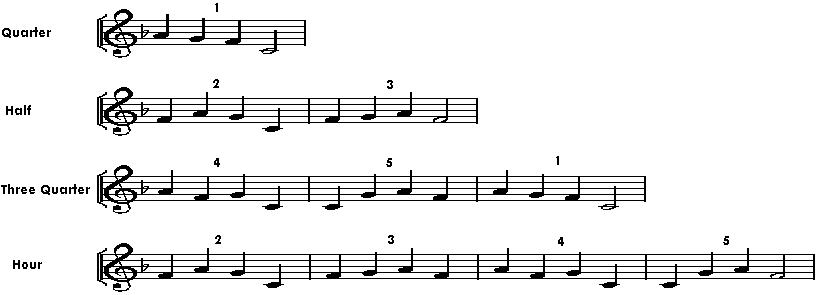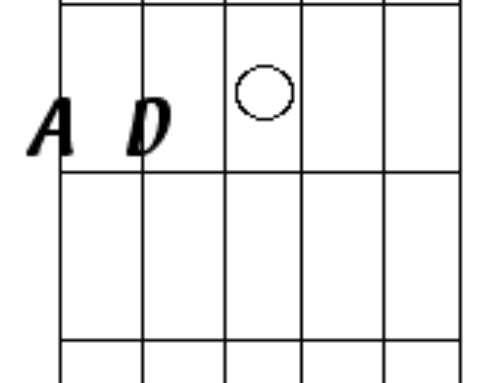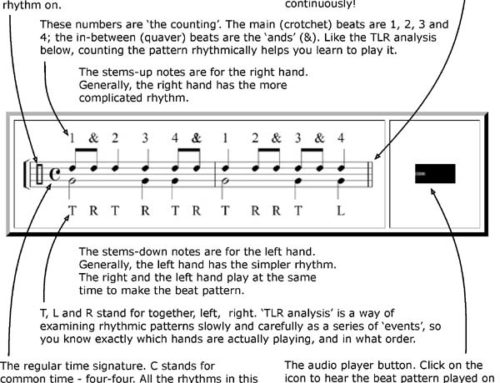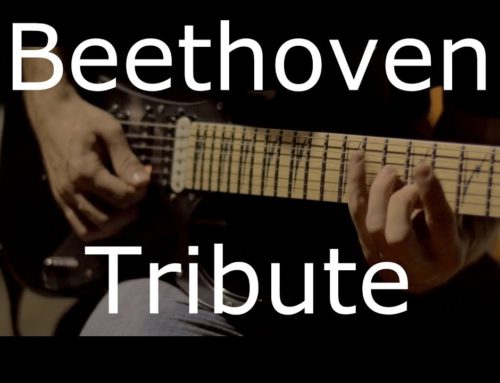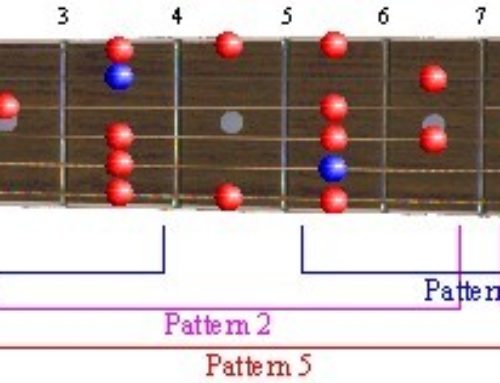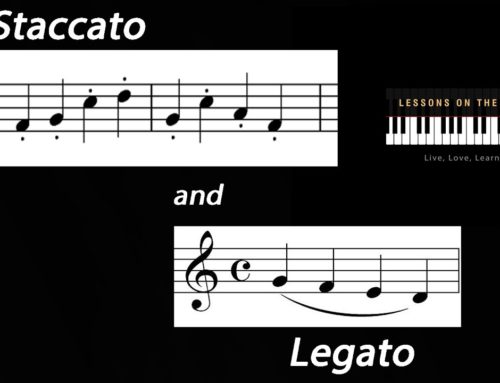Used for the first time at St. Mary’s Day, Cambridge, these were originally called Cambridge Bells and derived from Handel’s ‘Messiah’. Now renowned for their approval in Westminster, they are known as Chimes in Westminster. The bells are tuned to the F-key with the bell of the clock (Big Ben) by sounding the note E.
Two things have to be seen here. The first is that there are only 5 unique music phrases, tagged here 1 – 5. From the scheme it can be seen that the entire sequence is currently played twice in the hour. This means (in a couple of hours) that the barrel has a camera for phrases 1 through 5 and rotates twice per hour. In the case of Big Ben, however, the drum cam sequence is repeated three times, so the barrel rotates once in 1.5 hours. This reduces the weight loss (although a larger drum is required).
The second point of interest is how phrase number 3 calls ringtone F twice in a fast order. That’s why the bell F has two hammers because it could not operate twice in such a quick success. (But we have a doubt here, note how the C bell should sound twice in a fast turn from 4 to 5, maybe faster than the F bell should be repeated within phrase 3. It may be C’s bell is that with two hammer, can someone confirm who?)


